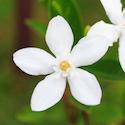Care and tips
These are all articles in the category Care and Tips
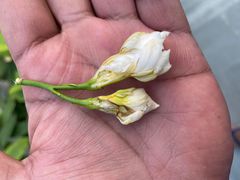
Commonly growing as shrubs and vines, jasmines and their varieties, usually produce a wide array of exquisite flowers. Depending on the jasmine species, these secretes rich, intense and long lasting scents from their various types of blossoms. The flowers can range from unique waxy and white to intense yellow or purple. But let's not forget those which can reach that incredible red passion tone. Not only are jasmine flowers desirable and priced for their intoxicating fragrance, but some also have numerous benefits for medicinal and cosmetic uses, which include skin care and stomach-ache remedies. They are also of a spiritual significance for some cultures. Growing jasmines until they bloom and keeping their flowers opened and shining for as long as possible, has long been a field of interest for many passionate gardeners. One could say, that when it comes to strong fragrant flowers, jasmine species are on the top of the list. There are more than 200 species of jasmines, so imagine how many different scents you could get, raging from the stronger ones to the weaker ones, from the ones with a wood hint, to the ones with a lemon twist! Oh so much variety!
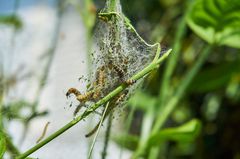
The Night blooming jasmine is one of the most beautiful, evergreen and everlasting jasmine species, that exist. Not only, due to its beautiful waxy flowers, but also, and foremost, due to the extravagant scent that its flowers produce. Unfortunately, not all is a roses path when it comes to care and maintain our night blooming jasmine, as it is really prone to get infested with nasty pests, such as, leaf eaters caterpillars, aphids and mites. There is no more heart breaking event as seen your gorgeous night blooming jasmine plant full of holes and gaps reaching the flower buds and stems. Every jasmine plant gardener has to eventually deal with some pesky pests, such as, caterpillars, that will collapse your plant in no time, if not checked or treated, but luckily, we have many options to deal with them. Caterpillars do feed on the leaves of our jasmine plant, starting with the younger and fresher leaves of the plant and making their way to the higher parts of the plant very quickly. As a result, most blossoms will not be able to bloom and even the buds will fall off before they get to bloom. That’s why, prevention and ensuring you check on your plants regularly, are the most effective ways to avoid these caterpillars to colonise your jasmine plants. It is important to note that they will be most active during the summer and autumn time and it is key to recognise the first sings of infestation by these insects to be able to act as quickly as possible. These sings include, double checking both sides of the leaves, to ensure there are no butterfly eggs attached to them, double checking for holes and gaps in your leaves and lastly to check the entire jasmine plant for caterpillar or moth poop, as this would be undoubtedly, the result of active caterpillar or moth egg laying process.
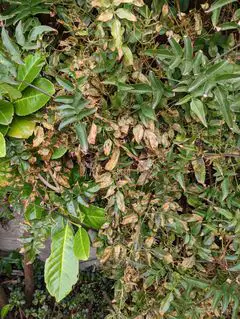
Star Jasmine leaves can turn brown because of weather fluctuations, herbicide misuse, nutrient deficiencies, improper fertilisation, root-related diseases or pests, under-watering or over-watering and too much sunlight exposure.
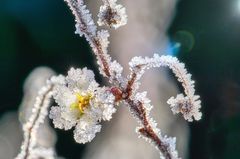
Confederate Jasmine, aka, star jasmine (Trachelospermum jasminoides) is a jasmine plant belonging to the family Apocynaceae, different form other jasmine species belonging to the family Oleaceae. Star jasmine is an everlasting climbing perennial vine with a beautiful dark green foliage and silky, waxy and white flowers that fill the environment with a potent scent. One of the main characteristics of this jasmine specie is that, it needs warm and humid tropical weather zones to thrive. Reason why, it is definitely a sensitive plant to care for during the winter and freezing times. When growing star jasmine, (another jasmine types as well, except for winter jasmine species), we need to take special measures to ensure the survival of our plant throughout the winter, otherwise, it is likely that it will suffer and die. Therefore, if we are willing to apply those skills and go thorough the trouble we’ll be able to maintain and grow our jasmine during the winter. Some of these techniques may involve, but not limited to, bringing our star jasmine plant back indoors during the winter time, exposing the plant outdoors for a couple fo hours before the first frosts, so that, we keep them acclimatised and definitely we need to always provide our star jasmine with enough light through the winter, even if this implies supplying artificial fluorescent light, if we are facing some dark days during the cold season.
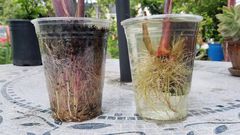
To grow and root Sambac jasmine in water, start by taking 6-8 inch stems from semi-established plants. Cut just below a node at the base and above the top node. Remove all but the top three leaves. Place the cuttings in a water-filled jar, changing the water every two weeks for three months. Successfully rooted cuttings can then be transplanted into pots, with or without rooting hormone powder. Click here to read more!
